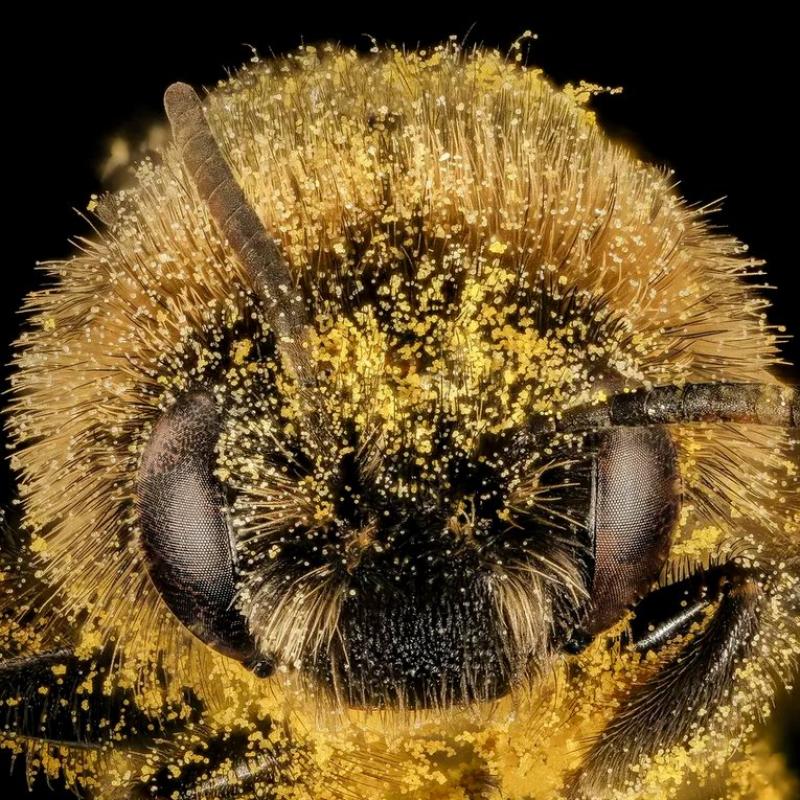20 photos of bees that will make you say, “Damn, bees are beautiful”




There are two types of bugs I’ll never kill: spiders and bees. I don’t kill spiders because they eat mosquitoes and other critters that want my blood. I don’t kill bees because the world depends on them.
Bees are powerful little engines of the agricultural economy. While foraging for their own food, they distribute the pollen that propagates our own. “Bees are worth literally billions of dollars,” Brad Plumer has explained . “If they vanished, our grocery aisles would suffer greatly.”
That’s why the mysterious and sudden collapse of bee populations around the world is so scary. Central Europe lost 25 percent of its bee colonies between 1985 and 2005, according to Science . North America lost an eye-popping 59 percent between 1947 and 2005. (Only a small percentage of bee species pollinate our crops, but the steep declines are scarily sharp reductions nonetheless.) The reasons bees are dying are complicated: Fungicides, pesticides, environmental change, and pathogens all likely play interconnected roles .
It’s easy to fear bees: They have stingers, and some humans are horribly allergic to them. The first time you’re stung by a bee, it really hurts.
But we shouldn’t fear them, especially during this World Bee Day . We should celebrate them. They’re intelligent crafty creatures, even capable of computing basic math problems, and recognizing the number zero.
In recent years, beekeepers have been frantically working to restock colonies. But as Plumer writes, “If you combine the surging global demand for crop pollination — which has tripled in 50 years — with the decline of wild pollinators, then there’s the potential for things to go very badly in the near future.” The collapse of bee population numbers is part of a larger trend: world over, wildlife of all kinds are facing stunning losses, due to human activity.
And economic benefits aside, bees are just gorgeous creatures. See for yourself.
The US Geological Survey maintains a Bee Inventory and Monitoring Lab , which exists to catalog and identify the thousands of bee and wasp species that live in the United States and around the world.
Here are some of its beautiful portraits of the critters. Some are even kind of cute. How could you not root for these guys?
All images from USGS Bee Inventory and Monitoring Lab. Images reduced in size to reduce page-loading speeds. Full-size images are available in the Original Article.

Andrena helianthi lives in the central United States and in this portrait
is contemplating its strong desire for sunflower nectar.

A Halictus ligatus got a bit greedy and is photographed covered in pollen.

Orchid bees are beautifully iridescent and live in tropical rainforests.
The US Forest Service calls them one of the the world’s “most flamboyant bees.”

Melissodes desponsa .

Orchid bee.

Agapostemon coloradinus (a.k.a. the metallic green sweat bee).

Xylocopa india .
There are thirteen more photos in the Original Article .


Cool photos.
Very cool photos...
Excellent!